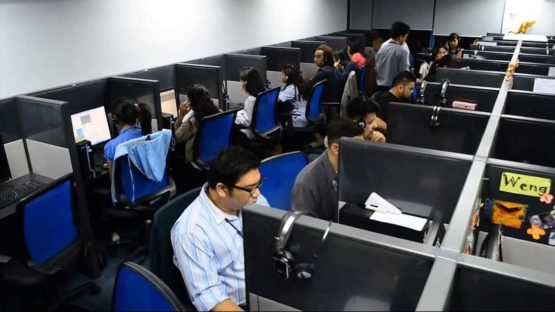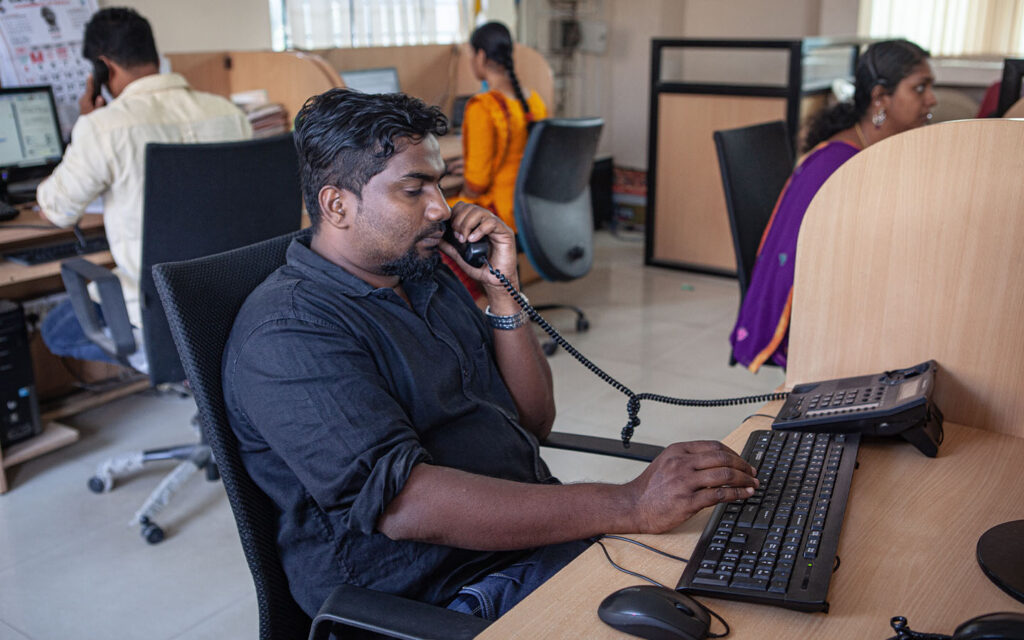The quiet hum of keyboards inside a Bengaluru startup might just be the sound of India’s next major economic transformation. Here, a young team at LimeChat is training artificial intelligence models to talk, type, and think like humans—machines built to do what millions of Indian workers have done for decades: customer service.
Their mission? To replace them.
“Once you hire a LimeChat agent, you never have to hire again,” says Nikhil Gupta, the 28-year-old co-founder, smiling confidently.
LimeChat’s AI can now handle up to 80% of customer queries that once required human staff. The company claims a single AI bot can replace nearly 15 employees, managing over 10,000 customer interactions a month—without fatigue, breaks, or errors.
Once hailed as the “world’s back office,” India’s vast IT and BPO industry—valued at Rs23.5 lakh crore ($283 billion)—now finds itself disrupted by the very technology it helped build.
AI: From Opportunity to Overhaul
The government insists AI will create more opportunities than it destroys. But early indicators suggest a deep structural shift.
The Business Process Management (BPM) sector—which includes call centers, data entry, and payroll services—added just 17,000 jobs last year, compared to 1.77 lakh in 2021–22.
Analysts warn that up to 50% of India’s call-center revenue could vanish within five years as automation takes over. For an industry that employs over 1.4 million people, the impact could be seismic.
“I Was the First to Be Replaced by AI”
For Megha S., 32, the revolution arrived unannounced.
“I was told I am the first employee to be replaced by AI,” she recalls, her voice breaking.
“I haven’t told my parents yet.”
Her Bengaluru-based software firm introduced an AI bot capable of completing her daily workload in half the time—at one-tenth the cost. She was laid off a week before Diwali.

Automation Rush: Cost Cutting at All Costs
India’s IT majors face global headwinds—U.S. outsourcing taxes, H-1B visa costs, and sluggish Western demand. But the biggest disruption is internal.
Companies like LimeChat are riding the wave, growing from Rs65 lakh in 2022 to Rs12.5 crore in revenue by 2024, powered by clients like Kapiva and cloud giant Microsoft Azure.
“If you pay us Rs1 lakh per month, you’re automating 15 jobs,” Gupta says.
“It’s not the future—it’s happening now.”
A Nation at the Crossroads
India stands at a pivotal turning point—a trillion-dollar opportunity versus a potential unemployment crisis.
While AI could boost GDP and efficiency, the transition may be painful. The question is not whether AI will take over, but whether India can reskill fast enough to keep up.
If the gamble pays off, India could become the world’s AI powerhouse.
If not, it risks turning its back office into a ghost floor.
The AI revolution has begun — and the world is watching closely.


